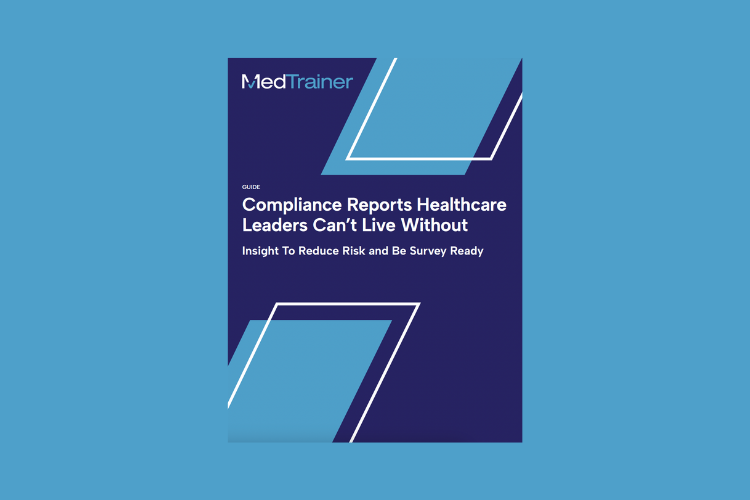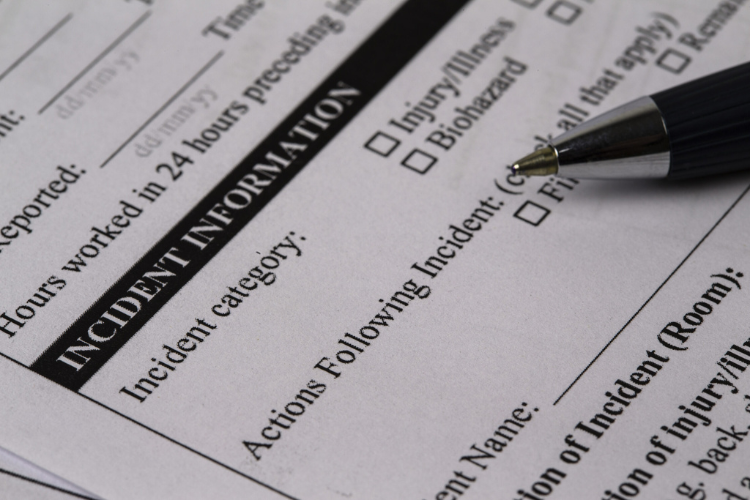Ensuring patient safety and the quality of care is of the utmost importance for any healthcare professional. Incident reports play a crucial role in enhancing patient care and workplace safety by highlighting accidents, near misses, training deficiencies, and areas of improvement. In this blog, we’ll discuss how to properly file a healthcare incident report and how digitized reporting systems can help.
What is an Incident Report in Healthcare?
An incident report is a formal document that records any unforeseen or adverse events occurring within a healthcare facility. These reports are fundamental to upholding healthcare standards and adhering to regulations. It is important to properly complete and store these reports for at least five years for audit purposes and to comply with regulatory standards.
Incident reports serve not only as tools for internal review but are also required by entities such as the Occupational Safety and Health Administration (OSHA) for the timely reporting of incidents leading to death, significant injury, or hospitalization.
How to Properly File a Healthcare Incident Report
Writing an incident report demands attention to detail and a structured approach to accurately capture and help prevent future occurrences of similar issues. Here’s a step-by-step checklist:
- Start with basic information: Record the report’s date, the incident’s date and time, your name, job title, and contact details. Note the incident’s location and whether it has occurred before.
- Narrate the event: Offer a detailed, chronological description of the incident. Be precise, including specific details like medication names or error types, and the identities and contact information of those involved.
- Detail the outcomes: Explain the incident’s repercussions, including injuries or damages. Describe any medical treatments needed and, if possible, include visual aids like photos or diagrams.
- Attach documentation: Include any relevant evidence or documentation that provides additional context or clarity to the incident.
- Outline corrective measures: Describe the steps taken in response to the incident, detailing who was involved and the timing of these actions.
- Escalate to relevant approvers: Incident reports typically need to be reviewed by department heads, supervisors, or managers.
- File the report: For HIPAA breaches, HHS Office of Civil Rights must be notified. For certain workplace events, OSHA must be notified. And your report should be filed and stored within your compliance system so it is accessible to regulators, attorneys, auditors, and others who may need it in the future.
Benefits of Online Incident Reporting Systems
Healthcare mistakes will happen, which underscores the need for an efficient, digitized incident reporting system. Traditional paper-based methods can’t perform the same functions as online platforms:
- Speed and accessibility: Enable quick submission of reports from any location, crucial for addressing critical incidents swiftly.
- Automatic escalation: Automate the review and escalation process, reducing delays and ensuring incidents are addressed promptly.
- Customizable forms: Allow for the creation of customized forms that collect specific data for each incident, improving data accuracy.
- Simplified evidence attachment: Attaching supporting evidence to reports is easier, providing a fuller picture of the incident.
- Anonymity and transparency: The option to report incidents anonymously promotes a culture of openness and encourages reporting without fear of reprisal.
- Enhanced data analysis: Facilitate detailed data analysis, helping to identify trends and areas needing intervention.
- Visibility for leadership: Real-time dashboards offer leaders insight into incident data, aiding in informed decision-making and resource allocation.
- Regulatory compliance: Simplify the submission of incident data to regulatory bodies, ensuring compliance and reducing administrative burdens.
Are your compliance priorities aligned with organizational goals?
Proper Reporting with Digital Incident Systems
Many of the incident reporting process improvements can be achieved with an digital incident reporting solution. It can help to create the proactive reporting culture you desire, eliminate delays, identify trends, and resolve issues more quickly.
MedTrainer offers all the functions listed above in an all-in-one compliance solution. Enhance your compliance programs with digital incident reporting solutions for any size organization. Contact us to learn more.

Build compliance and credentialing reports that surface critical insights and keep you survey ready.
